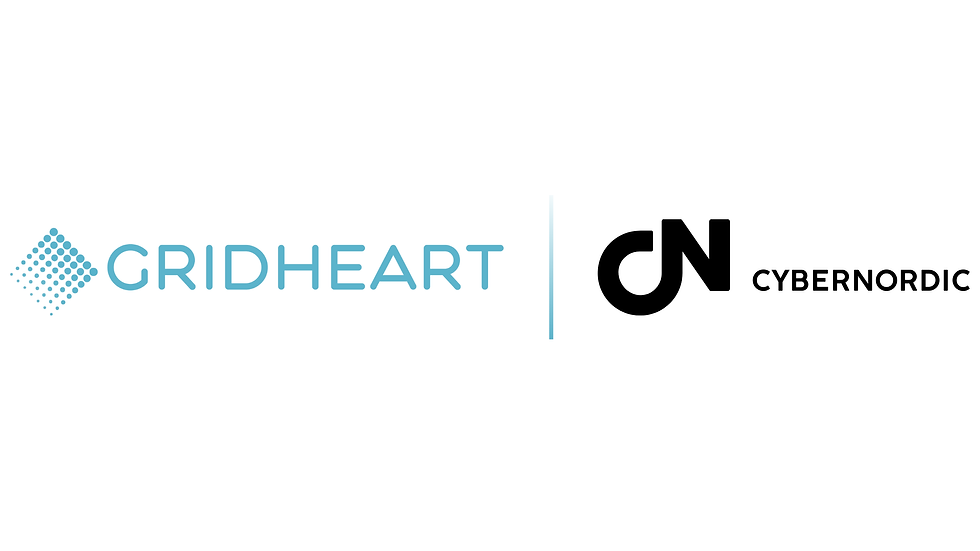Zero Trust: Why MSPs Need to Take it Seriously
- emanuelmarkskog79
- Mar 8, 2024
- 3 min read

If you're still relying on VPN servers to protect your customers' infrastructure, you might be leaving them vulnerable to cyber-attacks. This might sound like fear-mongering, but VPN servers have increasingly been in the danger zone since COVID-19 forced the world to embrace remote work, and again in 2021 when hackers shut down the Colonial Oil Pipeline in the USA after gaining access through VPN. Now, however, VPN is facing an even bigger threat: extinction, driven by Zero Trust.
As an MSP, you surely understand the importance of providing secure and reliable network access for your customers and the role it plays in maintaining their trust (and your reputation). So what is Zero Trust for MSP, and how can it help you and your customers?
Zero Trust is a security framework based on the belief that all users, devices, and IP addresses accessing a resource are a threat until proven otherwise. This means additional verification is required for every user attempting to access company resources.
Marc Barry, co-founder and Chief Product Officer at Enclave, part of N-able's Technology Alliance Program, explains: "Generally speaking, Zero Trust and Zero Trust Network Access represent a fundamental shift in how we approach system security. It offers a new way of thinking that is supported by governments around the world who have bigger security issues to handle. They are essentially saying this is a better way to approach security."
Zero Trust for MSP and Your Customers
Marc continues: "We talk to many MSPs, both potential and existing customers, and the pattern we see is they want to move towards stronger security. This desire is often driven by the knowledge that if one of their customers is hacked, whether they're responsible for the security or not, they're guilty by association. So they have to take that security seriously... and let's be honest, VPN servers that are discoverable on the public network are no longer a suitable solution for modern secure connectivity. So moving customers towards a Zero Trust security model makes a lot of sense."
The trend towards Zero Trust spread after the US government introduced mandatory requirements for federal agencies to adopt the model following cyber-attacks against critical infrastructure on May 6, 2021.
Six days later, the Biden administration issued an executive order, and just 11 days after that, the British National Cyber Security Centre (NCSC) followed, publishing guidance for a Zero Trust architecture.
Almost overnight, a new standard in cybersecurity practices was established. "Yes, this shift has been happening at the macro level, the government level," says Marc, "but it's entirely applicable at the micro level too; for SMBs and mid-market."
Here are four reasons why Zero Trust is so much better for your customers:
Enhanced Security
Zero Trust isn't just another security measure; it's a tactical stance against a broad spectrum of threats, from ransomware, malware, and credential theft, to brute force attacks and phishing, and more.
Reduced Risk
Improvements in one's security posture can also help reduce risk, and Zero Trust plays a pivotal role here. It's not just about preventing breaches; it's about protecting customers' reputations, data, and finances. Keeping a tight control over access can help drastically lower the chances of breaches.
Assistance with Compliance
Zero Trust also eases the compliance journey, whether it's Cyber Essentials in the UK, NIST or HIPAA in the US, or others; because it helps organizations align with regulatory requirements.
Improved Customer Experience
Your customers aren't just getting more secure networks and systems; they're getting better reliability and likely fewer interruptions due to security issues. A seamless customer experience is worth its weight in gold for MSP reputation and customer retention.
Want to learn more about how you can implement the Zero Trust model? Reach out to us here, and we'll give you all our best advice.




Comments